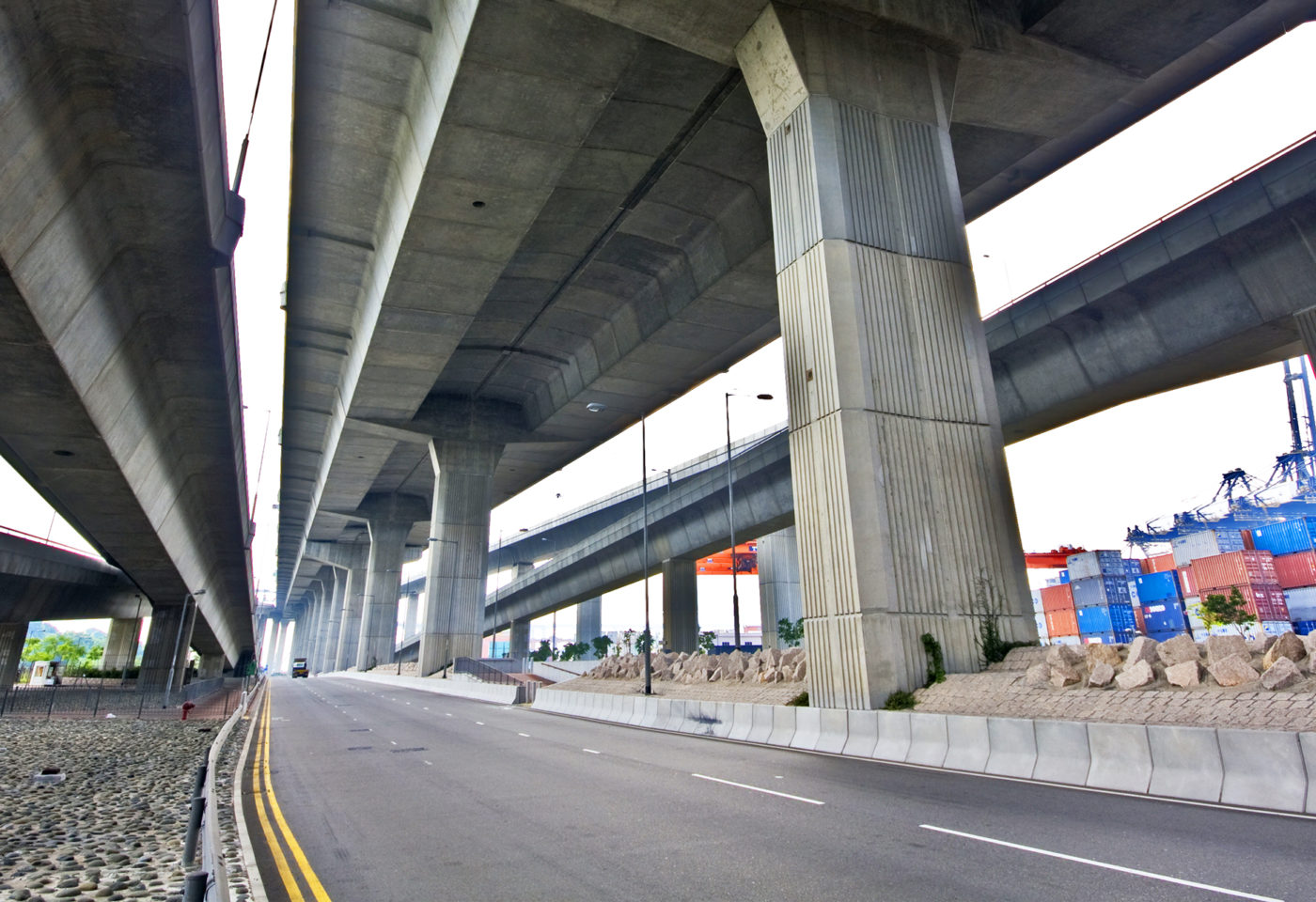By Carlo Dade and John Law
In the Globe and Mail
Jan. 20, 2016
The news that the federal government is looking to rapidly increase infrastructure spending to stimulate the economy should come with a flashing warning light.
Canadians recognize the value of using infrastructure spending to stimulate the economy in tough times. But what has always eluded us is finding investments that will generate a good return, rather than ones that are just ready to go.
Why doesn’t Canada already have a list of projects vetted according to national interest, need and return-on-investment, which we can proceed with in normal times and ramp up in times of need? Australia does this, and so should we.
With mounting pressure to start spending, the federal government does not have the time needed to plan and evaluate infrastructure projects. And without a set of prioritized projects, the government is at risk of funding anything that is shovel-ready, just to get money out the door.
Ottawa can take steps to end this cycle. Getting started now on a process for prioritizing national infrastructure projects will bring greater value to all infrastructure spending, and ensure the next time we decide to accelerate investment we will be in a position to make better choices.
And it will save us money. A 2013 study by McKinsey & Co. concluded that, with proper project evaluation and planning, infrastructure projects can generally be completed at a savings equivalent to two-thirds of the costs incurred for projects that are rushed through.
Prioritization is also critical to getting infrastructure spending right in other ways. For example, the government plans to borrow to fund up to $6-billion a year for public transit and social and green infrastructure. This spending will improve quality of life, investments in human capital and meeting basic needs. These are important demands that grow more urgent every day.
The government has also announced it will earmark $1.4-billion a year for crucial trade infrastructure, roads, ports and systems that move products to markets. One study on the impact of federal highways grants in the United States found that each dollar invested led to increases in state GDP that were twice the value of the grant. And so by addressing strategic trade infrastructure investments first, we can generate the revenue that pays for the social and green infrastructure Canadians also want.
Finding a balance between these two priorities will require long-term vision and input from the private and public sectors, the provinces and municipalities, as well as domestic and foreign commercial interests. That balance is best achieved as part of a continuing evaluation and planning process.
We are at a crossroads in infrastructure spending. The decisions we make in response to massive new trade deals with the European Union and Trans-Pacific Partnership will affect Canada’s job prospects and social and economic prosperity for generations to come. If we don’t get fundamental infrastructure issues sorted out, trade and the jobs tied to it will be taken by competing countries that do get it right. So, it is even more critical that when we talk about spending scarce resources for infrastructure that we do not waste funds in haste.
In the case of trade infrastructure, the government could learn from what Australia and other countries are doing to tap into private-sector expertise to improve spending decisions. The private sector owns, operates and pays for most trade infrastructure, other than roads, and has the information needed to calculate return on investment. Such better-informed investments will in the end save tax dollars.
The process of evaluating and creating projects, whether in social or trade infrastructure, allows for more intelligent spending. With a systemic approach, better informed decisions, greater reliance on innovation and proper maintenance, the country can get more out of the assets it has and reduce future spending needs. With a little foresight in infrastructure planning and spending, all Canadians will benefit.
Carlo Dade is director of the Centre for Trade & Investment Policy at the Canada West Foundation. John Law is president of Lawmark International and a former CEO of Saskatchewan’s Global Transportation Hub.
